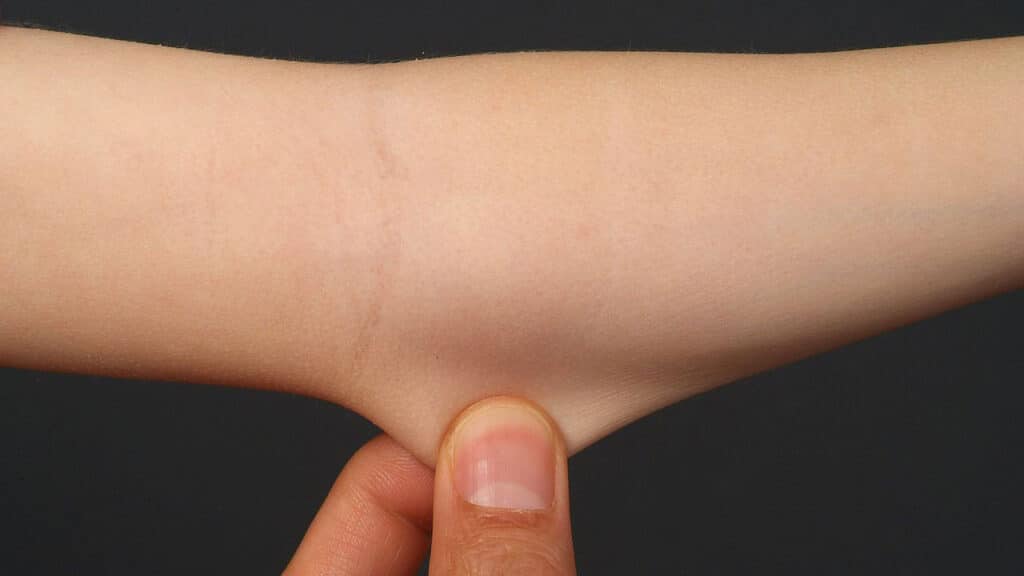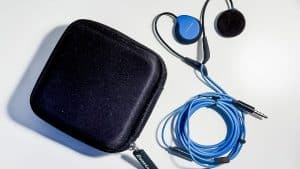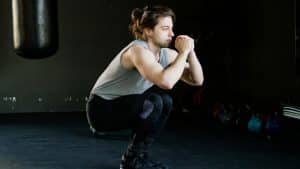Mobility’s good, right? We want to be able to move around more freely. People exercise expressly with the aim of improving mobility. Well, that might be true for some of us, but for others, mobility can be a source of pain and worry. That includes if you have one of the more than a dozen different forms of Ehlers-Danlos syndrome.
There are actually 13 Ehlers-Danlos syndromes, but they’re all genetic conditions that affect connective tissue. When we say connective tissue, we mean collagen and elastin, the proteins that hold skin, muscle and bone together. They’re pretty important. In Ehlers-Danlos syndrome, collagen is usually weak or deteriorating, causing all kinds of problems.
Most issues from Ehlers-Danlos affect the joints, skin or blood vessels, but because your entire body is held together by connective tissue, it could impact pretty much everything. Because of this variety, it can be a hard condition to diagnose. Even once you do have a diagnosis, there’s no cure. It’s all about management.
Of all the types of Ehlers-Danlos syndrome, hypermobile EDS is the most common (though still very rare). As you might guess from the name, joint hypermobility is one of the most prominent symptoms. In fact, you may end up with lots of dislocated joints. It can cause aches and pains as well. Other symptoms include skin that is smoother and softer than normal and that bruises very easily.
These symptoms can show up in other forms of EDS as well, to a greater or lesser degree. They’re all present in classical EDS. In vascular EDS, hypermobility tends to stick to the fingers and toes, and blood vessels and organs tend to be fragile as well. Different cases of EDS may also lead to fatigue, weak muscle tone, digestive problems or bladder issues. Wounds often heal slowly, and scars may be particularly large.
For people with milder EDS symptoms, medical intervention may not be necessary. Joint hypermobility on its own is something that affects lots of people without EDS, and they mostly lead healthy, happy lives. It’s when you’re suffering from pain or more serious symptoms like organ damage that you may need a doctor.
Even though there’s no cure, a combination of physical therapy and occupational therapy may help you manage pain, avoid injury and take part in more regular activities. Talking to others with the condition may also help.




